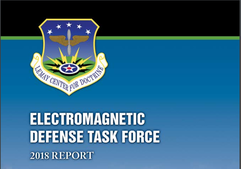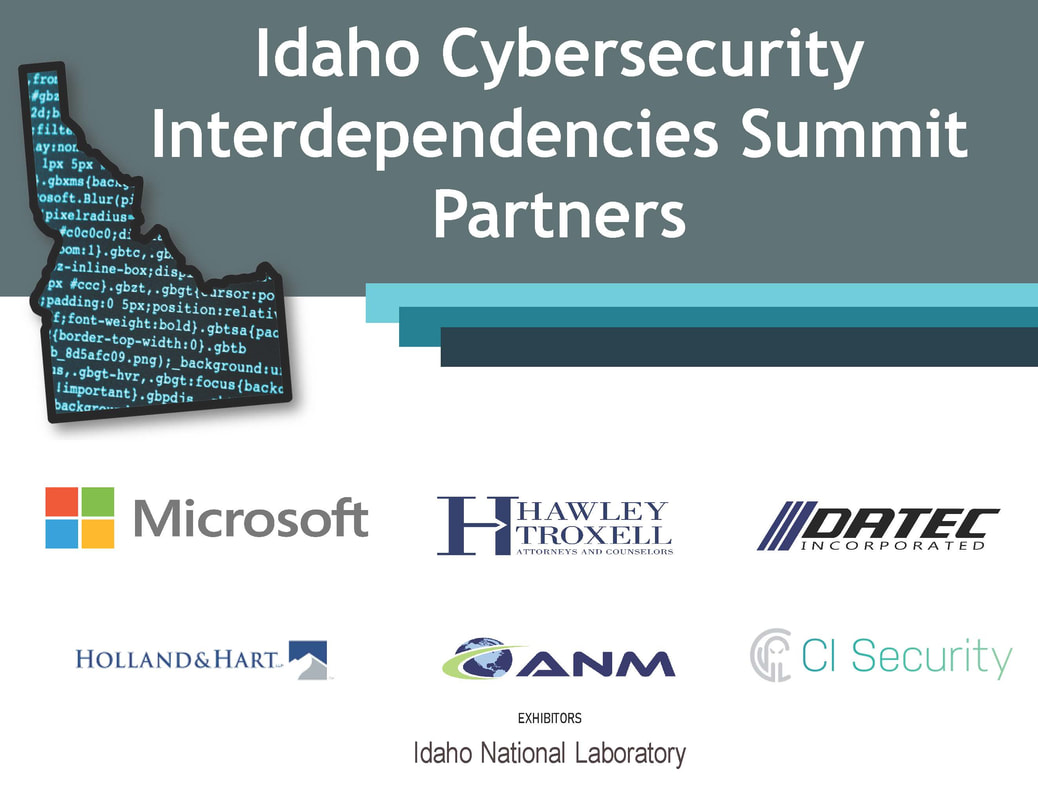|
The Coronal Mass Ejection Long-term Power Outage workshop was held in Seattle, Washington on May 23, 2019. Funding was provided by the Washington State Homeland Security Region 6 Critical Infrastructure Working Group from the FFY 2017 State Homeland Security Program from the Department of Homeland Security via Washington State Military Department and King County Office of Emergency Management. It was designed as a full-day workshop that included speakers presenting information on the Coronal Mass Ejection (CME) hazard and warnings systems, impacts from regional power outages, current planning efforts and engagement of the audience in breakout discussions exploring how to address the hazard and mitigate potential impacts. This interdependencies workshop focused on a long-term electrical system blackout caused by a CME event striking North America. While most power outage planning revolves around other natural hazard events like windstorms, earthquakes, or terrorism, this exercise took a look at a long-term power outage with widespread impacts to urban, suburban, and rural communities. While concentrating on critical infrastructure, the human impacts to people and systems such as our healthcare institutions was also included in the workshop. Participants were briefed on the current planning the Washington State Department of Commerce Energy Office is conducting on fuel prioritization and hybrid electrical systems. The Washington State Emergency Management Division provided insight on the catastrophic planning conducted by the State to address a CME scenario. NOAA Space Weather Prediction Warning Center estimates a G5 Geomagnetic Storm will cause the following types of impacts:
Associated Materials
0 Comments
OverviewMore than 300 cybersecurity professionals, policymakers, and public and private sector members met in Boise for the 5th Annual Idaho Cybersecurity Interdependencies Summit. The Idaho Office of Emergency Management and the Pacific NorthWest Economic Region's Center for Regional Disaster Resilience collaborated to develop public/private sector partnerships for resilience in the state of Idaho through this multi-year series. The series has expanded cybersecurity capabilities of small business, government, and large industry throughout the state of Idaho. The 2019 Summit increased cybersecurity resilience through collaboration among all stakeholders. Participants heard from several key regional cybersecurity leaders, then participated in a cybersecurity focused court case enactment to better understand the implications of cybersecurity for infrastructure. View the Summit Agenda View the Summit Flyer
Speakers and Presentations
Court Case Enactment |
Categories
All
Archives
October 2021
|





